Vlad Dragne’s exhibition, “Chronicle of the Announced Collapse” (at the Posibilă Gallery), is a film. One of a kind in Romania. A historiographical metafiction, a politically engaged fairy tale, (literally) a trip. I like to think that it’s the film that Sergiu Nicolaescu could never have made. I say this because, although we find some of the props specific to communist propaganda films (the city of Bucharest, legionnaires, typographers, and political prisoners), its stakes are infinitely higher.
To see the film, you have to explore the gallery space and reconstruct the story based on the materials presented to you: a series of analog photographs hung on various concrete frames, pages from a diary, a few banners, and a huge map of the capital from the 1930s hanging on the wall. A graduate of the UNArte master’s program in photography and video, Dragne presents himself as the curator of photographs found in the room of his neighbor, a certain Victor K. According to the meta-narrative, he organizes and contextualizes this archive.
“Bucharest, October 27, 1932 2024? Is it possible that the train was delayed not 92 minutes, as they said, but 92 years?” Victor K. writes in his notebook on the morning of that day. We learn that he is a photographer by trade and that he came to the capital in search of his younger brother, who had become involved with the Legionary Movement. As luck would have it, however, he ends up in present-day Bucharest. Bizarrely, he does not seem surprised or frightened, but rather stunned. Even so, he seems eager to carry out his mission: “In this city, all the buildings, no matter how old, look down on me. Like you, a rebellious youngest child: stubborn, hasty, aggressive, but driven by an ambition and desire for a better life that cannot fail to move you.”
Dragne builds his entire approach around the idea of division. His interwar photographer seems determined to show us various temporal cracks and folds in reality. Why else would one of the first photographs he takes after leaving the North Station be of the ruins of the Dunărea Hotel? Victor K. seems to recognize himself in the specific architecture (although, strictly speaking, the building was constructed in 1935, a few years after his quantum leap). He identifies with it, with its incongruity in the landscape (attached to socialist apartment blocks, weathered and colonized by Ailanthus saplings). The photographer’s eye seems constantly drawn to anachronisms à la Didi-Huberman.[1] That is why he photographs a building on Splaiul Unirii that incorporates an interwar house into its structure. That is why he is fascinated by the juxtaposition of the “Adriatica” Society Palace (1927) with the “Agricola-Fonciera” Society Palace (1927) and the C.E.C. Pension House (1939). That is why he wonders where the Brâncovenesc Hospital has relocated or where the upper halves of the caryatids on the façade of the former Albina bank branch have disappeared. “A morbid interest in the past can only persist in a world obsessed with the contemporary.”[2] Indeed, through his interwar photographer, Dragne engages in a defamiliarizing way of looking at present-day Bucharest. Using an old bellows camera typical of that period, he attempts to place himself in the position of someone suffering from temporal dysphoria. In this way, we are invited to peel away the successive layers of time, narratives, and preconceptions from the city’s surface. And in doing so, to see it for what it really is.
As he travels through the city and investigates various places, Victor K. gradually discovers what happened to his younger brother after he joined the Legionary Movement. He hopes that he renounced them: “A bride and a flock of storks crossed my path. I hope you left the green shirts behind, that I will find you somehow and we will see each other again.” Unfortunately, the facts prove otherwise. It does not seem a coincidence—but rather a sociocultural commentary—that, 92 years later, the photographer comes face to face with the same fascist impulses. In a way, Victor K. shows us the contours of times folded, or rather crumpled, by history.
In Dysphoria Mundi, Paul B. Preciado says: “Time is no longer what it used to be. […] Derrida reminds us that, like Hamlet, we are the heirs of the 20th century: we are haunted by this political history. Günther Anders goes further and wonders whether we are not in fact Eichmann’s children. Our time, which we thought was a compact block of histories, has been broken into pieces, set on fire, is burning, fragmented, ruined, and will explode.”[3] Well, that’s pretty much what we see here. It’s the same restlessness that drives photographer Victor K. to take pictures. That is why he notes in his diary the successive names of the current Charles de Gaulle Square (formerly “Eminescu,” but also ‘Hitler’ and “Stalin”) and crosses out the streets and buildings demolished to make way for the People’s Palace and the Civic Center on his map. The city bears the marks of the ideologies that shaped it. It is a fact that is as obvious as it is easy to ignore. What this project (essentially situationist) does is bring it closer to us.
And yet, the end of the film: Victor K.’s brother is imprisoned twice by the communists, first in Malmaison, then a few years later in Văcărești. Most likely, that is where he died. The last photograph in Dragne’s series is of the steps at Sun Plaza, the mall built on the site of a monastery converted into a prison. All total institutions. There is something strange about the fact that such a bland image can bring such bizarre stories to life with just a few words added. It makes you think that behind even the smallest stone there could be catastrophic stories hidden. Whatever the case, it is important to know them.
The text in the last room of the exhibition tells us that the photographer “left as he arrived, unannounced and unseen.” But just because he is no longer here does not mean he has disappeared completely.
Translated by Marina Oprea
[1] Georges Didi-Huberman, În fața timpului. Istoria artei și anacronismul imaginilor, Editura Tact, 2021.
[2] Claudia Chirită, $ git reset –soft HEAD^, în Draft Journal, Issue No. 01, 2025.
[3] Paul B. Preciado, Dysphoria Mundi, Fitzcarraldo Editions, 2025, pp. 65-66.
POSTED BY
Cristian Drăgan
Cristian Eduard Drăgan is a Bucharest-based filmmaker and researcher. He is currently pursuing a PhD in film narratology and semiotics at CESI. His research is focused on metacinema. Through his proj...
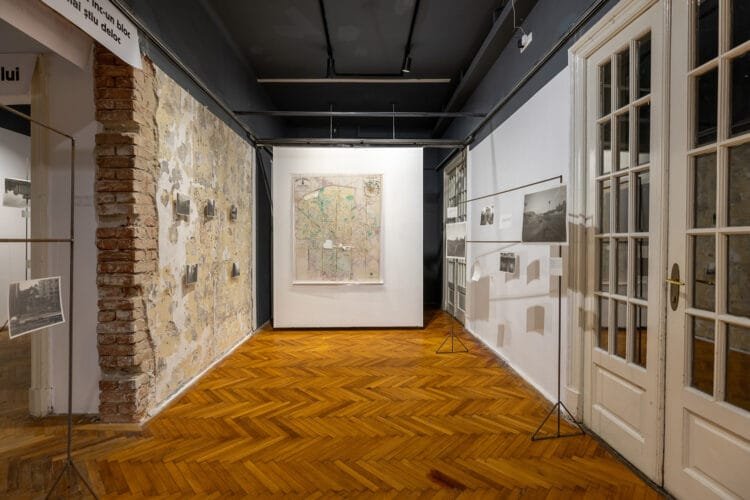
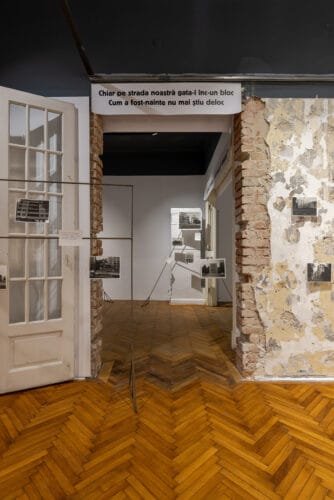
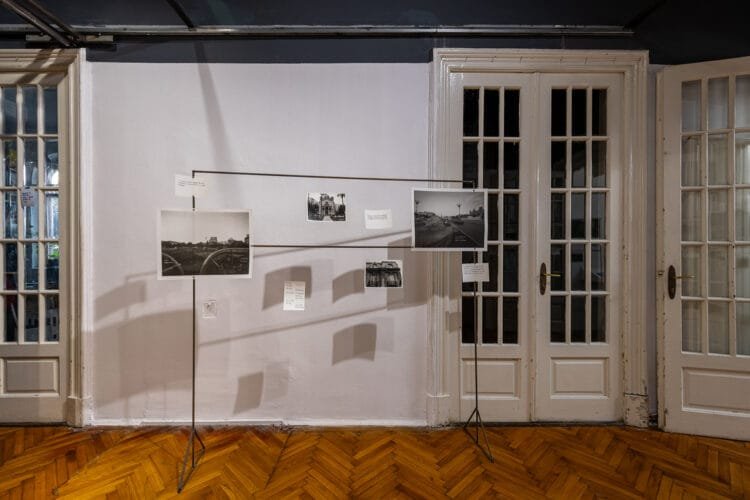
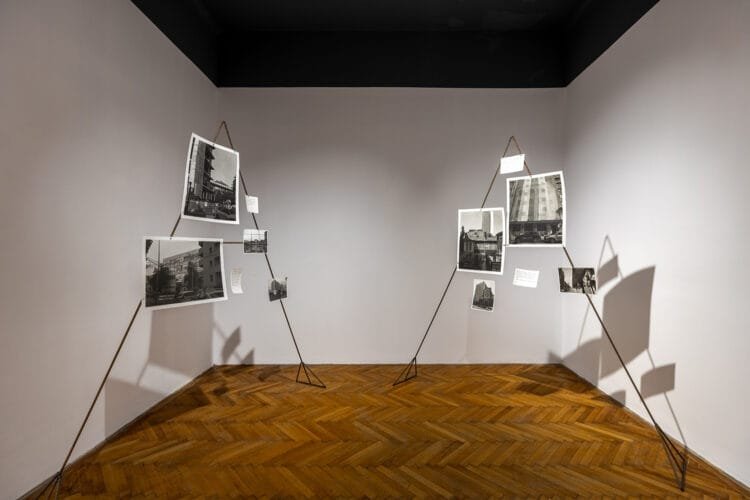
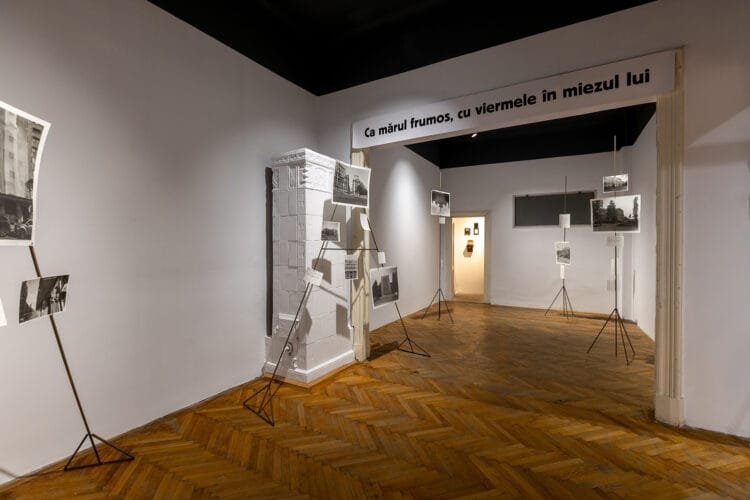
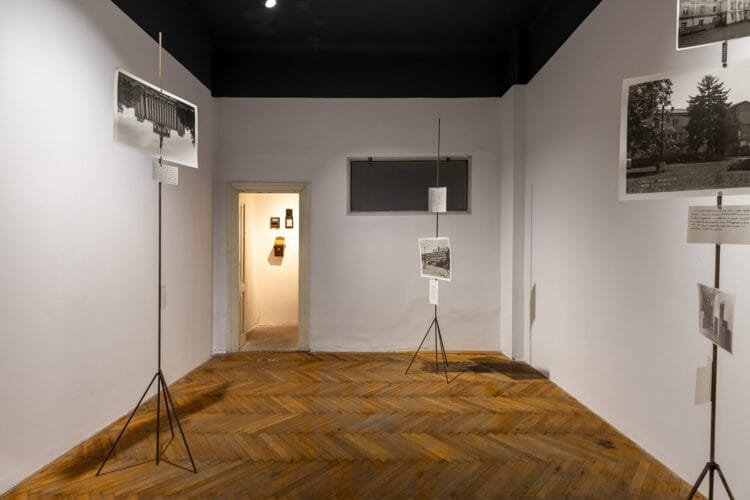
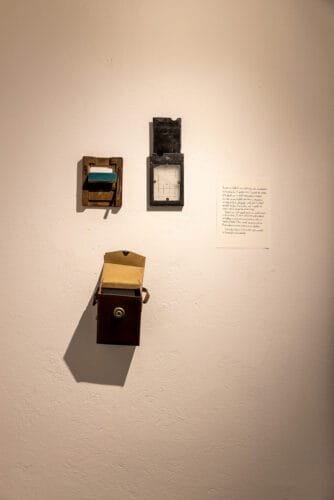
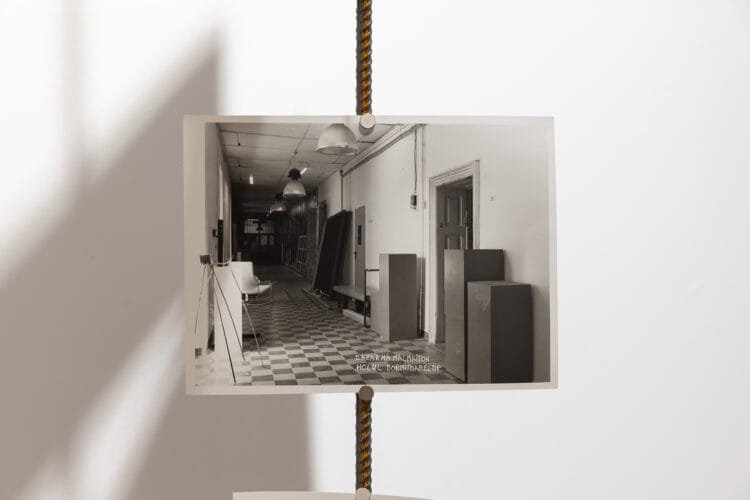
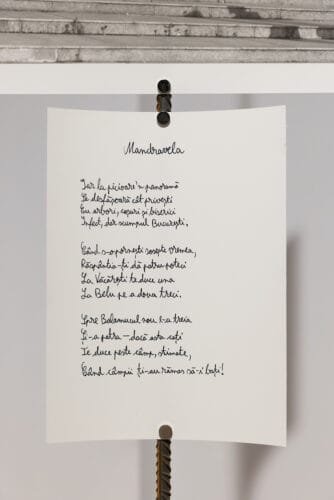

Comments are closed here.